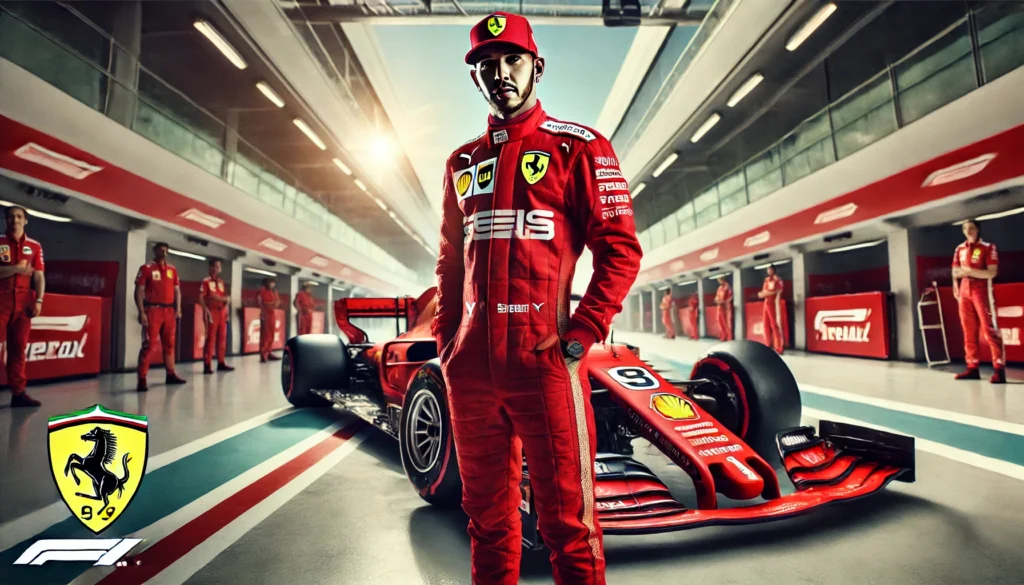Lewis Hamilton made his return to the track with Ferrari during the Pirelli Formula 1 tyre test at Circuit de Barcelona-Catalunya this week. The seven-time world champion, alongside teammate Charles Leclerc, shared driving duties in an adapted SF-24, while McLaren’s Lando Norris topped the timesheets on the first day.
The test marks a crucial step in Pirelli’s development of 2026 tyres, as F1 prepares for new technical regulations. The 2026 cars will be smaller and lighter, with tyres 25mm narrower at the front and 30mm narrower at the rear. While wheel size remains unchanged, the diameter will be slightly reduced, prompting Pirelli to conduct extensive testing.

Ferrari and McLaren are using modified 2023 cars to simulate 2026 conditions. Norris drove the MCL60, completing an impressive 159 laps, while Hamilton and Leclerc managed 87 and 86 laps respectively. The trio collectively covered 1,546km, providing Pirelli with valuable data on slick tyre compounds ranging from C1 to C3.
Norris set the fastest lap of the day with a 1m15.215s, followed by Hamilton (1m15.930s) and Leclerc (1m16.060s). However, the times are not indicative of performance, as the focus remains on tyre development rather than outright speed.
This test also marked Hamilton’s first on-track appearance since his crash at the same circuit last week, which limited Ferrari’s running. The British driver showed no signs of hesitation, contributing significantly to the team’s programme.
McLaren’s Oscar Piastri will take over driving duties on Wednesday, while Leclerc and Hamilton will continue sharing the Ferrari. The ongoing tests are critical for Pirelli as they refine tyre constructions and compounds to meet the demands of the 2026 regulations.
As F1 evolves, these tests highlight the sport’s commitment to innovation, with teams and drivers playing a pivotal role in shaping the future of racing. Fans can expect more insights as the development phase progresses.



